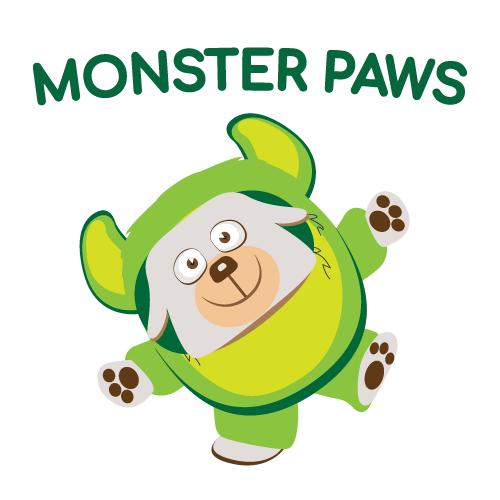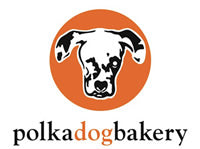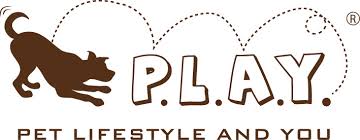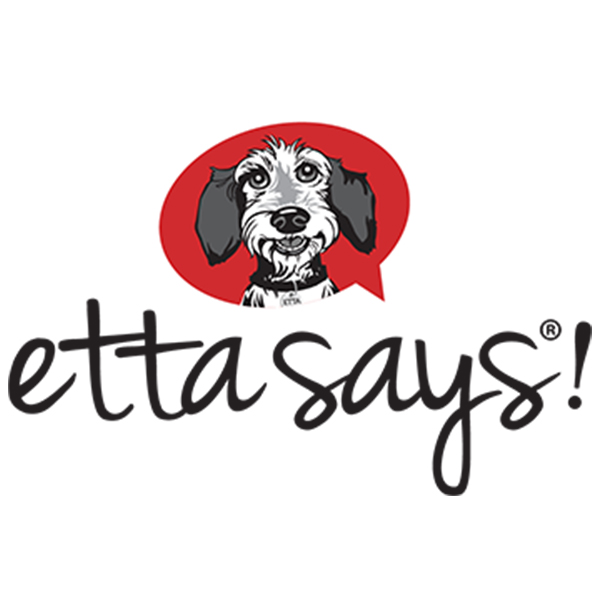Choosing a Crate for your Dog
Stephanie Wan Editorial Date:Teaching your dog to be comfortable with being in a crate can be a useful skill, as trained properly, a crate becomes a safe haven for your dog where they can choose to go to relax and not be disturbed. If your dog gets scared, for example of thunderstorms, a crate can also help them feel more safe. If your dog needs to travel or be transported somewhere in a crate, then proper crate training will increase their sense of security.
Contents

Crate training is not a necessity for every dog
Not all dogs require crate training, but if you decide to begin crate training your dog, they should always be trained using positive reinforcement methods. A crate should never be used as punishment, as a way to lock up your dog against their will, or to keep them confined for long periods of time. They are also not equipment to put dogs away when we are too busy to walk them. Your dog should love being in their crate, willingly enter and stay in the crate by themselves, and see it as their safe space.
If you do decide to crate train your dog, the following information can help you determine how to choose the correct crate.
Determining the size of the crate
Your dog should be able to lie down, sit up, and turn around comfortably inside their crate. Measure the length of your dog standing up from the tip of their nose to the base of their tail. Next, measure the height of your dog while they are sitting down. The minimum size of the crate should be 10cm longer and taller than the measurements of your dog. The key to choosing the right size of crate is using one that will fit the current life stage of your dog, and not the life stage that they will grow into.
Types of crates
In general there are three different types of crates: fabric, wire, and plastic.
Fabric crates are lightweight and easy to transport, however they are not as secure as the other types. They may topple over easily, and fabric is not an ideal choice for teething pups. These are best for well-trained adult dogs.
Wire crates are the best choice for crate training puppies, but make sure you choose one with a solid bottom, as wire bottoms will hurt your puppy’s paws and joints. People may choose the wire bottom for ease of cleaning, but crates should never be used as toilets. If you choose a wire crate with life stage dividers, please make sure the divider panels fit securely. Wire crates can be folded down for convenient storage when not in use.
Plastic crates are most useful when it comes to travel, but remember to confirm the specific airline requirements before purchasing. This may work best for smaller breeds that don’t grow too much.
 Do your research about the different type of crates (fabric crate pictured).
Do your research about the different type of crates (fabric crate pictured).
Make sure the crate is comfortable
The crate should be a comfortable place for your dog, so always cover the bottom with a soft blanket or dog bed. You can place a safe chew toy like a Kong inside the crate for your dog to enjoy, and add something with your scent on it so your dog can be comforted by your smell.
Using playpens and gates
As an alternative to a crate, playpens and gates can be used to confine your dog to a certain space for a period of time. A playpen is more open than a crate, and gives your dog more room to move around and play. Like the crate, it should be a fun and comfortable space, so also remember to include a bed, water, and toys for your dog.
 Playpens are more spacious and give your dogs more room to move around.
Playpens are more spacious and give your dogs more room to move around.
A gate can be used to block access into a certain room, such as preventing puppies from entering the kitchen while you’re cooking, or chewing on an expensive carpet in your study. It can also be used to block the front door to prevent door dashing. It is a useful management tool to help keep your dog safe while giving them more freedom.
Remember that dogs are very social animals and like being close to their humans. Do not leave your dog alone for extended periods of time.
If you are using a crate for training purposes, consider speaking to a certified dog trainer to ensure that you and your dog are getting the correct training and help that you need.



























